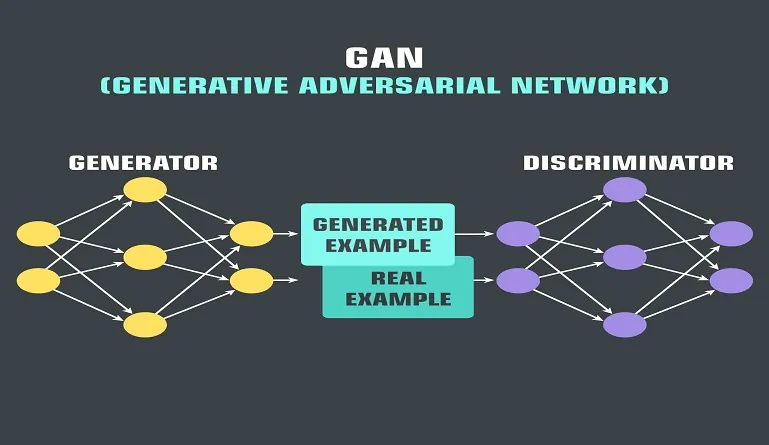Companies today have the option of outsourcing a wide range of services. Infrastructure (IaaS), Platform (PaaS) and Software (SaaS), which make up cloud computing, are deliverable via the internet as hosted services.
When the question “what is cloud computing technology? “is posed, it merely means businesses are outsourcing resources. This outsourcing is an intentional move to save costs associated with owning and running in-house IT infrastructure in all its various forms. Cloud computing services cover a vast range of options. From primary storage and networking through to processing and AI, any service that doesn’t require physical proximity to hardware can be cloud-delivered.
What Is Cloud Anyway?
The word cloud is used to denote the virtual space that connects internet users all over the world. Much like an actual cloud, it isn’t a physical entity in the real sense of the word. Uniquely, it can carry limitless amounts of data. Not to be confused with web hosting, a cloud service has three distinct characteristics that set it apart.
Cloud services providers sell the service on demand over defined periods and rates, can be tailored to individual user needs and are fully provider-managed. The sharing of resources, software, and information through a network are the core functions of a cloud.
Data and information uploaded on physical or virtual servers are then maintained and controlled by a cloud computing provider. Clients using this cloud-only require a computer and internet connections to access their stored info and data.
A cloud can either be public or private by categorization. Depending on a user’s needs, private cloud hosting services are designed as a solution for a limited number of people, whereas public hosting caters to anybody on the internet.
The growth and demand for cloud services have seen a significant rise owing to technological advances and innovation, along with improved global internet penetration and speed. The end goal is to offer customers easily scalable access to resources. Economies of scale give providers a more extensive customer base and increased profit.
What Is Cloud Computing and How Does It Work?
As earlier stated, cloud computing underpins a vast number of services. Email, photo back up, and services that let businesses host data, as well as run applications, are some core functions.
For example, many video streaming services require cloud computing service providers to run their content. With its numerous advantages and ease of use, cloud computing is becoming the go-to hosting solution for many applications.
Software vendors to have taken the cue with many of them today offering their services as purely internet-based. The appeal and driving force behind its concept are that users need not bother themselves with details such as hardware, OS, or even server locations.
Cloud computing offers a wide range of highly attractive benefits for businesses and end-users. Five of which we can highlight as follows;
1. Self-service provisioning
It allows end-users to access resources on demand for a wide range of workloads eliminating the need for IT personnel.
2. Elasticity
As businesses grow and evolve, their computing needs a change in tandem. Cloud computing offers the perfect solution as it is flexible. With outsourced cloud services, companies can do away with expensive infrastructure that may not be necessary.
3. Pay on Demand
Resources on a cloud are used and paid for entirely on a need-to basis. Users pay only for what they use as opposed to self-invested solutions where regardless of usage, the meter keeps running.
4. Workload Resilience
Cloud service providers dedicate resources to ensure pliable storage and to keep users’ essential workloads running across multiple platforms and regions.
5. Migration flexibility
Businesses and organizations can move their workloads around. From cloud to cloud or to and from, cloud technology offers the flexibility they need at a fraction of the cost.
What is Cloud Storage and Does It Work for Me?
Previously, we all had to contend with the limitations of storing data on internal and various types of external drives such as thumb drives and compact discs, among others. Over time and as data and information became more valuable. Businesses and organizations had to come up with on-premise data consolidation solutions.
Fortunately, cloud-based storage is available today and gives us the ease and flexibility to stash data on hardware in a remote location. This data is then accessible from any device via the internet. The way it works is simple; as opposed to storing data on their drives, clients send files to a server maintained by a cloud.
There are several excellent examples of cloud storage services with the likes of Google Drive, Dropbox, and Microsoft’s OneDrive being some of the better-known entities. Cloud storage service providers allow users to store and share files using a network of multiple data servers and connect to remote computing infrastructure via a network.
As more businesses, organizations, and individuals get comfortable with the concept of cloud computing, usage is likely to climb. As an agent of digital transformation coupled with its cost-effectiveness, moving to the cloud, has great appeal.





